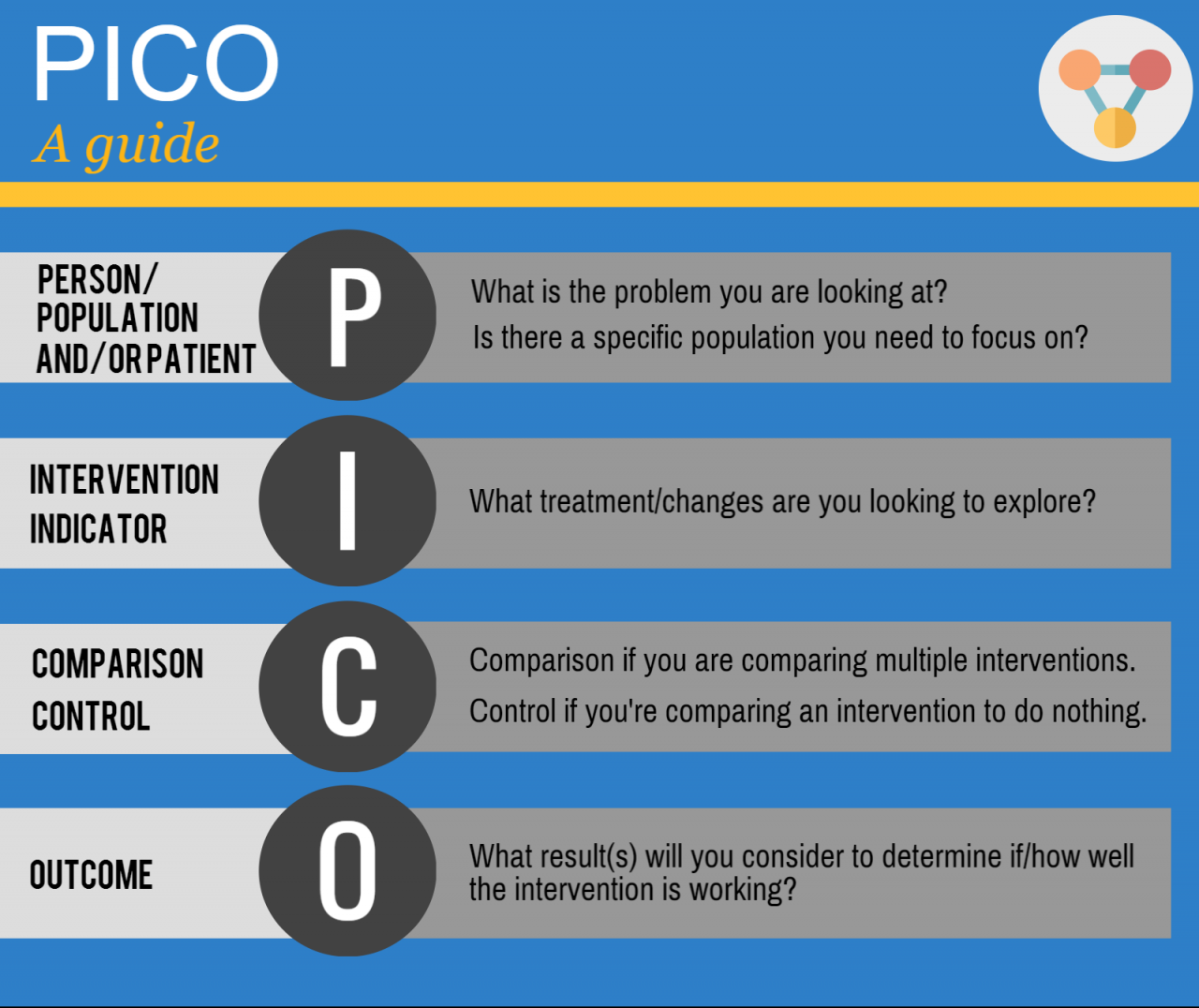
From the vastness of the cosmos to the intricacies of quantum mechanics, the concept of “pico” plays a pivotal role in defining our understanding of scale and measurement. Dive into the fascinating world of pico definition, where the smallest units unveil a realm of scientific exploration and technological advancements.
Pico, meaning “one trillionth,” denotes the prefix used in the International System of Units (SI) to represent values that are extremely small. This minuscule scale finds applications in diverse fields, from physics and engineering to medicine and astronomy, enabling us to probe the fundamental nature of matter and the universe.
Pico Definition and Meaning
The term “pico” is a prefix in the International System of Units (SI) that denotes a factor of 10^-12. It is commonly used to express extremely small quantities in various scientific and technological fields.
Examples of Pico Usage
- Picosecond: A unit of time equal to one trillionth of a second (10^-12 seconds).
- Picofarad: A unit of capacitance equal to one trillionth of a farad (10^-12 farads).
- Picometer: A unit of length equal to one trillionth of a meter (10^-12 meters).
Pico Units and Measurement
In the SI system, pico units represent extremely small values. They are often used in scientific measurements to express quantities that are too small to be conveniently expressed in larger units.
For example, the wavelength of visible light is typically measured in nanometers (10^-9 meters), but the wavelength of X-rays is measured in picometers (10^-12 meters) because it is much smaller.
Pico Devices and Technologies
Pico-sized devices and technologies have emerged in recent years, enabling advancements in fields such as microelectronics, nanotechnology, and biotechnology.
Examples of pico-scale devices include:
- Pico-projectors: Tiny projectors that can be integrated into mobile devices.
- Pico-satellites: Small satellites that weigh less than 1 kilogram.
- Pico-fluidic devices: Microsystems that manipulate extremely small volumes of fluids.
Picoseconds and Time Measurement, Pico definition
Picoseconds are extremely short units of time, equal to one trillionth of a second. They are used to measure extremely fast phenomena in fields such as physics, chemistry, and biology.
For example, the time it takes for a chemical reaction to occur can be measured in picoseconds.
Picosecond Laser Technology
Picosecond laser technology utilizes lasers that emit pulses of light with picosecond durations. These lasers are used in applications such as:
- Precision machining
- Laser surgery
- Scientific research
Picosecond lasers offer advantages such as high peak power and ultra-fast processing speeds, making them valuable tools in various industries.
Last Point

The realm of pico definition extends far beyond mere numbers. It represents the cutting edge of scientific inquiry and technological innovation, pushing the boundaries of human knowledge and capabilities. As we continue to explore the depths of the pico-scale, we unlock new possibilities for understanding and manipulating the world around us.
Clarifying Questions: Pico Definition
What is the significance of pico units?
Pico units are essential for expressing extremely small quantities in scientific measurements, allowing us to quantify phenomena occurring at atomic and subatomic levels.
How are pico-sized devices used in technology?
Pico-sized devices, such as microelectromechanical systems (MEMS), find applications in various industries, including electronics, healthcare, and manufacturing, enabling miniaturization and enhanced functionality.
What is the relevance of picoseconds in time measurement?
Picoseconds, representing trillionths of a second, provide a precise unit for measuring ultra-fast processes, such as laser pulses and chemical reactions, allowing us to study dynamics at the atomic and molecular scales.




